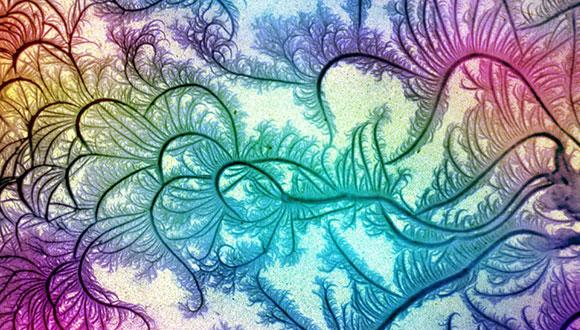סמינר בחומר מעובה: From Nonlocal Electrostatics Mechanics: Physics of DNA Homology Recognition
Dr. Ehud Haimov, Imperial College London
Zoom:
Abstract:
The ability of homologous (similar) DNA sequences to recognize and interact with each other is fundamental to genetic recombination and DNA repair. While protein machinery clearly plays crucial roles in facilitating these processes, accumulating experimental evidence suggests that DNA possesses an intrinsic capacity for sequence-specific recognition even in protein-free environments. Understanding the physical mechanisms underlying such interactions requires moving beyond the Watson-Crick base-pairing paradigm to consider how intact double-stranded DNA molecules can sense and respond to sequence similarity from a distance.
In this talk I'll present a comprehensive theoretical and computational framework for understanding homology recognition between double-stranded DNA molecules. The key physical insight is that DNA is not a perfectly structured double helix; rather, its local structure exhibits sequence-dependent distortions in twist angle and base-pair rise that create correlated charge patterns along homologous sequences, an "electrostatic barcode". When combined with the structured response of water and the nonlocal dielectric properties of the aqueous environment, these correlations give rise to measurable differences in the interactions between homologous versus heterologous DNA pairs [1,2]. These theoretical predictions have been experimentally validated using a tweezers-like nano-DNA device, with results fitted to theory combined with statistical mechanics to account for thermal fluctuations [3], providing compelling validation of the proposed physical recognition mechanism.
Building on this foundation, I will present a statistical mechanical treatment of homologous pairing along extended DNA chains [4], revealing that thermal fluctuations lead to incomplete pairing characterized by "breathing" bubbles, making room for specialized proteins associated with the process to facilitate it further. Heterologous DNA cannot sustain stable pairing beyond a critical helical coherence length. Finally, I will explore how spatial confinement and crowdedness, fundamental features of cellular environments, modulates the kinetics of homologous pairing. Coarse-grained simulations reveal that confinement exhibits a non-monotonic effect, with an optimal radius comparable to bacterial cell dimensions that maximizes pairing efficiency. Looking forward, these principles may extend to non-canonical DNA structures such as G-quadruplexes and i-motifs, opening new avenues for understanding genome organization.
References:
[1] J.G. Hedley, E. Haimov, and A.A. Kornyshev, "Water structural effects on DNA-DNA interactions and homologous recognition," Physica A 647, 129894 (2024).
[2] E. Haimov, J.G. Hedley, and A.A. Kornyshev, "Nonlocal structural effects of water on DNA homology recognition," J. Phys.: Condens. Matter 36, 40LT01 (2024).
[3] A. Stannard, E. Haimov, J.G. Hedley, Y. Xiao, M. Di Antonio, G. Oshanin, C. Danilowicz, M. Prentiss, L. Di Michele, and A.A. Kornyshev, "Detection and quantification of counterion-mediated homologous recognition in double-stranded DNA," ChemRxiv preprint (2025).
[4] E. Haimov and A.A. Kornyshev, "Statistical mechanics of homologous pairing of long double-stranded DNA," J. Chem. Phys. 162, 215102 (2025).
מארגני הסמינר: ד"ר יונתן ישראל וד"ר נעמי אופנהיימר


